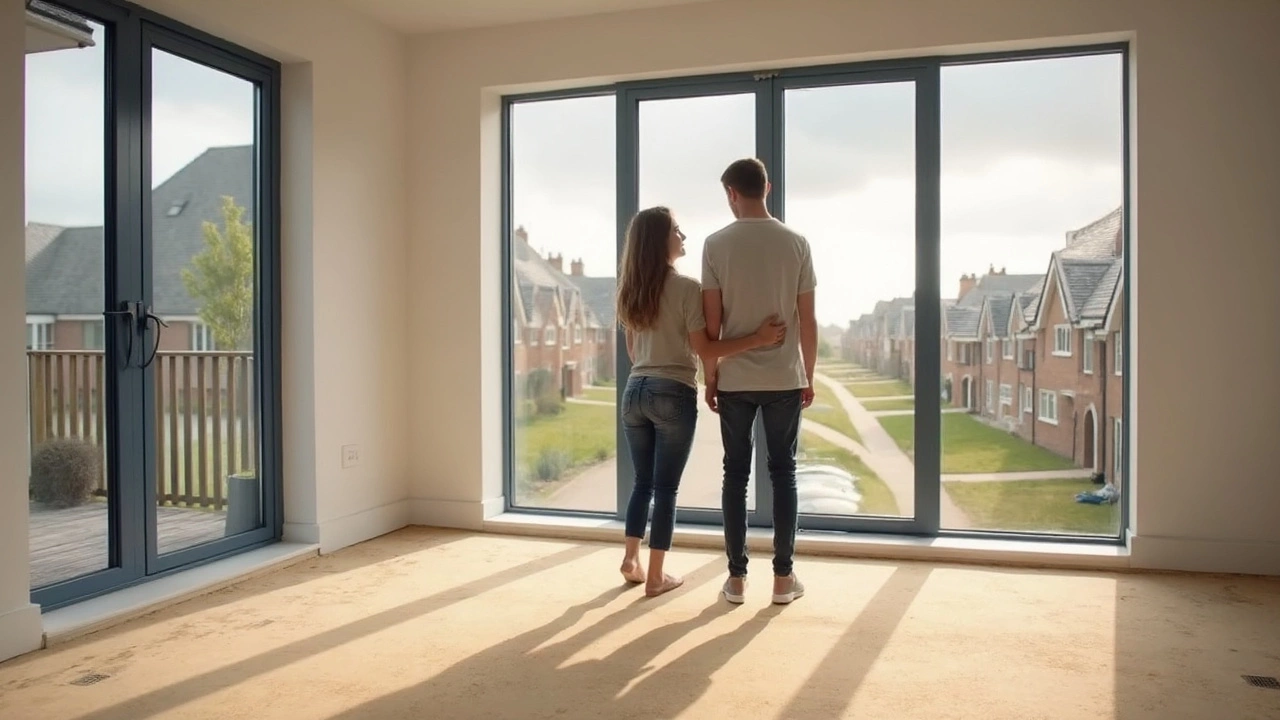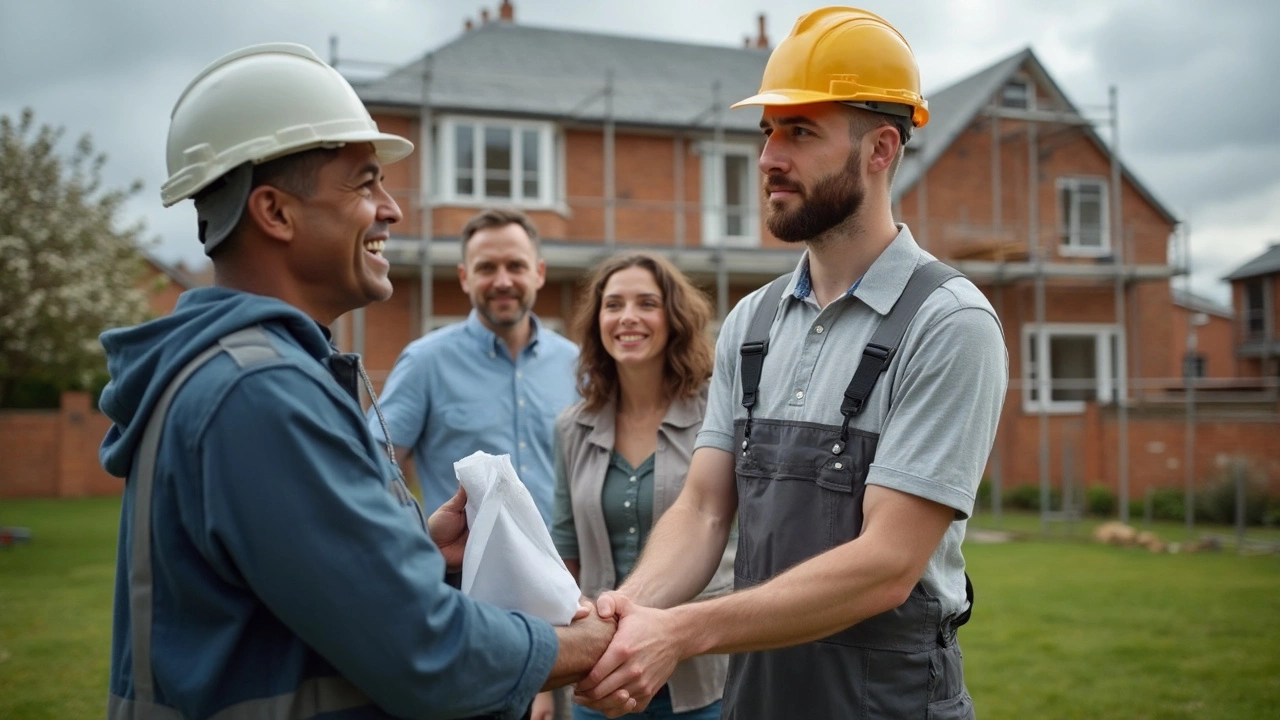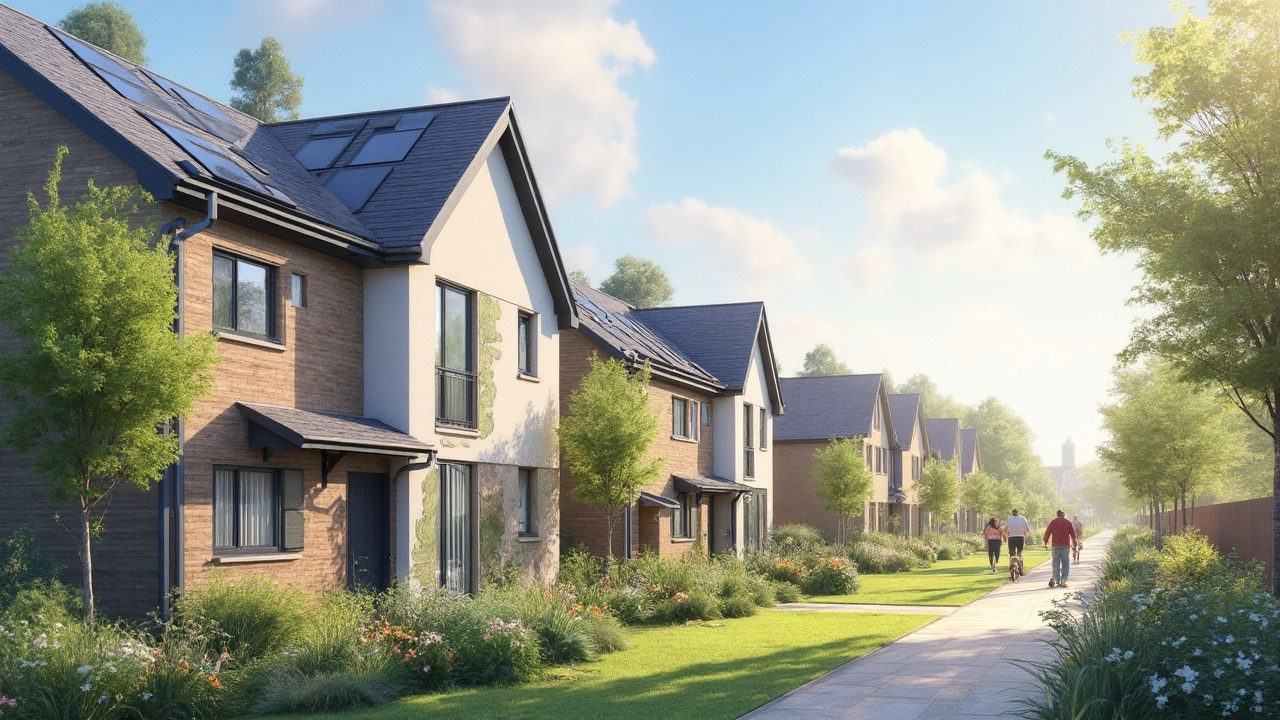Home Construction: Practical Tips and Advice
If you’re thinking about building a house, the first thing you’ll hear is “plan everything”. That’s not just talk – a solid plan saves time, money, and headaches. Start by writing down your must‑haves: number of bedrooms, bathroom size, energy‑saving features, and any special rooms. Then match those wishes with realistic budget numbers. When you know exactly what you want and can afford, the rest of the process becomes a lot clearer.
Planning Your Build
Good planning begins with the land. Check the plot’s slope, drainage, and access to utilities. A flat site with good road connections usually costs less to develop. Next, hire an architect or designer who understands your style but also knows local building codes. Their drawings will become the blueprint for contractors, so clear communication at this stage avoids costly changes later.
Don’t forget permits. Most councils require planning permission, electrical, and plumbing approvals before any ground is broken. Getting these sorted early prevents delays that can push a project months out. A quick tip: keep a checklist of all required documents and set reminders for renewal dates.
Saving Money During Construction
Materials are where many budgets blow up. Compare prices for key items like brick, timber, and flooring before you lock in a supplier. Sometimes a local supplier can give a discount for bulk orders or if you pick off‑cuts that are still high quality.
Labor costs also add up fast. Instead of hiring a full‑service contractor for everything, consider a package deal: let a main contractor manage the big jobs (foundations, roof) while you source specialists for finishes (tiling, painting). This split can shave off 10‑15% of total costs.
Finally, keep an eye on waste. Order just enough material to finish each stage and store leftovers safely for later use. Re‑using excess timber for interior fittings or using scrap tiles for a kitchen splashback can give a unique look without extra spend.
Building a home is a big commitment, but with a clear plan, proper permits, and smart buying choices, you can keep the project on track and within budget. Use these tips as a checklist, stay involved, and watch your dream house take shape step by step.
Do You Get Flooring in a New Build? What Buyers Need to Know
- Gavin Whitaker
- |
- |
- 0
Thinking new build homes come move-in ready with shiny flooring? It's not always that simple. While some developers include basic flooring as standard, others leave it unfinished unless you pay extra. This article explains what you get, why builders do it this way, and how to avoid surprises before you get those keys. Get straight info and practical tips to handle flooring in your brand-new home.
View moreMost Trusted Home Builder: How to Spot The Best in New Builds
- Gavin Whitaker
- |
- |
- 0
Wondering who’s the most trusted home builder these days? This article breaks down what real trust looks like in the world of new builds, from spotting red flags to insider tips for picking the right crew. We’ll look at real-world examples of what makes a builder reliable, and share must-know facts on pricing, timelines, and construction quality. You’ll get the straight facts, not recycled marketing talk. Let’s make sure you bet your money—and future—on the right people.
View moreWhat is Considered a New Build Home?
- Gavin Whitaker
- |
- |
- 0
Ever wondered what makes a home a 'new build'? It's not just about fresh paint and new furniture. A new build usually means the property has never been lived in before, offering modern designs and often more energy-efficient features. Understanding the ins and outs of new builds can guide your next home-buying decision and help you spot additional costs or benefits.
View more

